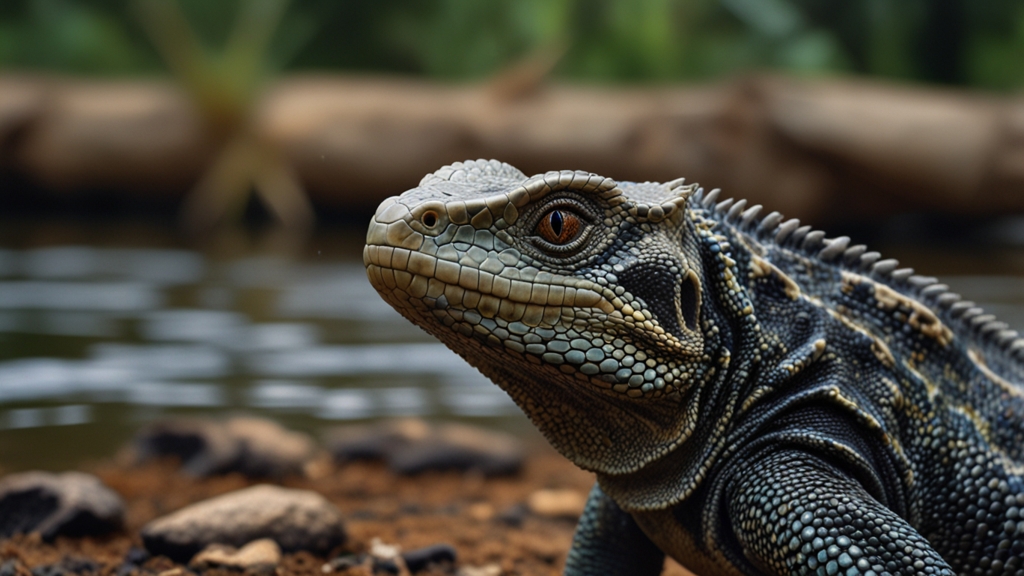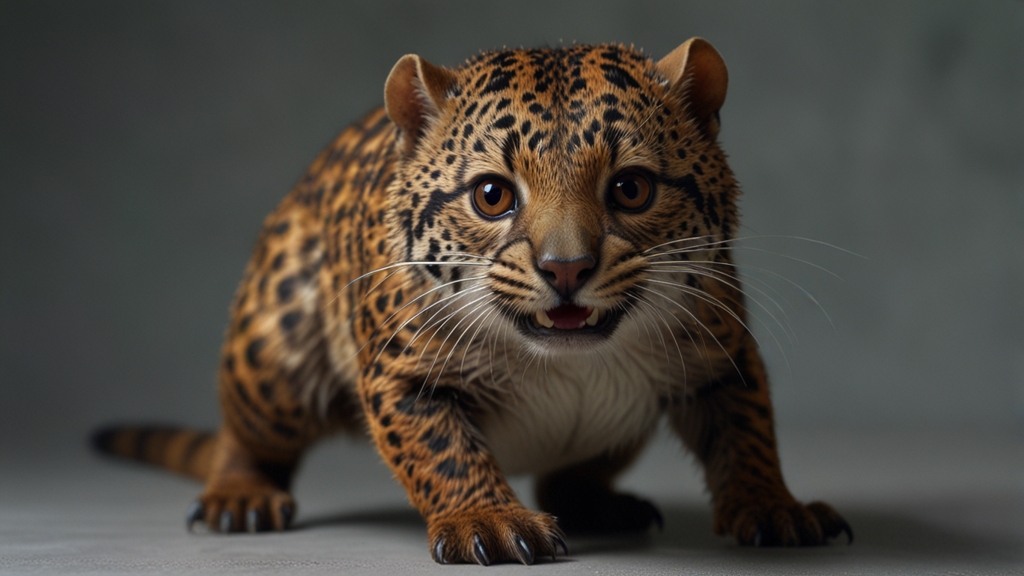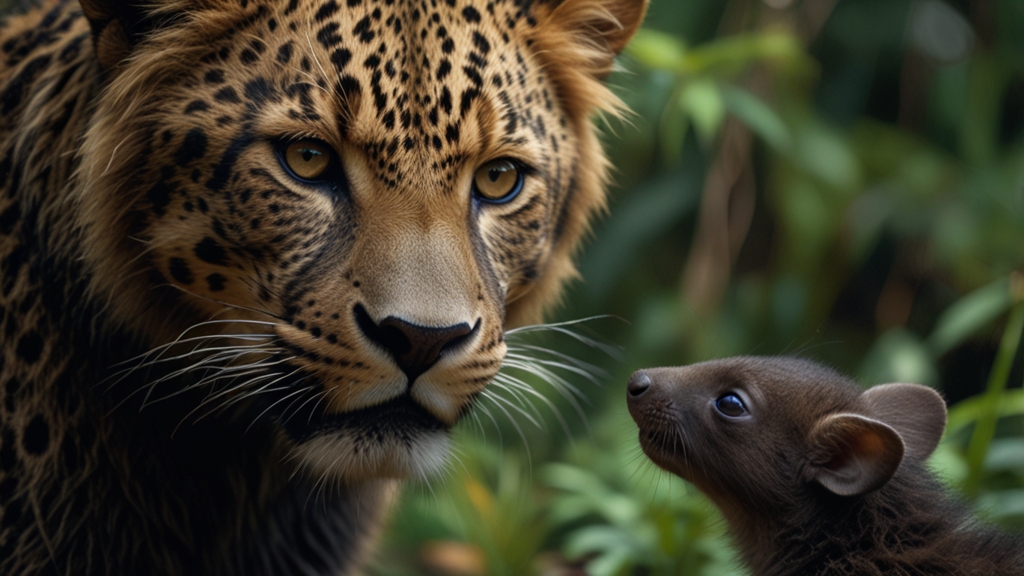The Mythical Creatures of Greece: Legends that Remain
Ancient Greece has long been a treasure trove of legends, where enchanted creatures walk the Earth, skies, and seas. These mythical beings have been immortalized in folklore, epic poems, and dramatic plays, leaving an indelible mark on Western culture. Whether thrilling us with their exploits or cautioning us with their tales, the mythical creatures of Greek mythology continue to capture our imagination to this day. Here, we delve into some of the most iconic Greek mythical creatures and the legends that surround them.
The Sirens: Alluring Voices From the Deep
Among the eeriest legends of ancient Greece are the Sirens, enchanting beings whose songs were said to lure sailors to their doom. Often depicted as half-woman, half-bird, or in later traditions, as mermaid-like creatures, the Sirens dwelled on rocky islands. The Greek hero Odysseus famously encountered them during his long voyage home from the Trojan War. Forewarned by the sorceress Circe, he ordered his men to plug their ears with beeswax and tied himself to the mast of his ship to safely hear the sirens' song.
"They beguiled us with their melodious voices, and caused us to dash our lives upon the jagged rocks—each convinced we would discover something beyond mortal understanding."
The Sirens, as a symbol of temptation and the perils of giving into it, continue to be a powerful metaphor in literature and psychology.
The Cyclopes: Giants with a Singular Vision
The Cyclopes are another fascinating creature from Greek mythology. These one-eyed giants were known for their incredible strength and craftsmanship. According to legend, it was the Cyclopes who forged Zeus's thunderbolts, Poseidon's trident, and Hades's helm of darkness. The most famous Cyclops is Polyphemus, encountered by Odysseus in Homer's epic, the Odyssey. Trapped in the giant's cave, the cunning Odysseus blinds Polyphemus to ensure his crew's escape.
Despite their fearsome appearance and monstrous behavior, the Cyclopes are also considered master builders and inventors, highlighting the complex nature of these mythical beings.
The Sphinx: Riddles of Life and Death
The Sphinx is another legendary creature that has fascinated storytellers and scholars alike. Bearing the body of a lion, the wings of a great bird, and the face of a woman, the Sphinx is best known for her role in the story of Oedipus. She guarded the city of Thebes, posing a riddle to all travelers: "What walks on four legs in the morning, two legs at noon, and three legs in the evening?" Those who failed to solve it were devoured.
"Man," answered Oedipus correctly, "who crawls as a baby, walks on two legs in adulthood, and uses a cane in old age."
Oedipus's success in answering the riddle led to the Sphinx's demise and his rise to the throne of Thebes. This myth serves as a powerful allegory for human life and the quest for knowledge.
The Hydra: The Many-Headed Menace
The Lernaean Hydra is another terrifying creature from Greek mythology, often represented as a serpent-like beast with multiple heads. According to legend, every time one of its heads was cut off, two more would grow in its place, making it nearly invincible. The hero Heracles (Hercules) faced the Hydra as one of his Twelve Labors. Assisted by his nephew Iolaus, he ultimately defeated the monster by cauterizing the neck stumps after decapitating each head.
The Hydra's fearsome regenerative ability symbolizes the challenge of overcoming seemingly insurmountable obstacles and the resilience required to achieve great feats.
Legacy of the Mythical Creatures
The mythical creatures of Greece have transcended time, continuing to inspire modern storytelling, art, and psychology. Each creature, with its unique narrative and symbolic significance, has contributed to the rich tapestry of Greek mythology, teaching valuable lessons and provoking deep reflection on human nature.
From the hypnotic songs of the Sirens to the enigmatic riddle of the Sphinx, these ancient legends remain as captivating today as they were thousands of years ago. They remind us of the eternal interplay between human vulnerabilities and virtues, as well as our endless quest for understanding in a world filled with both wonder and peril.








